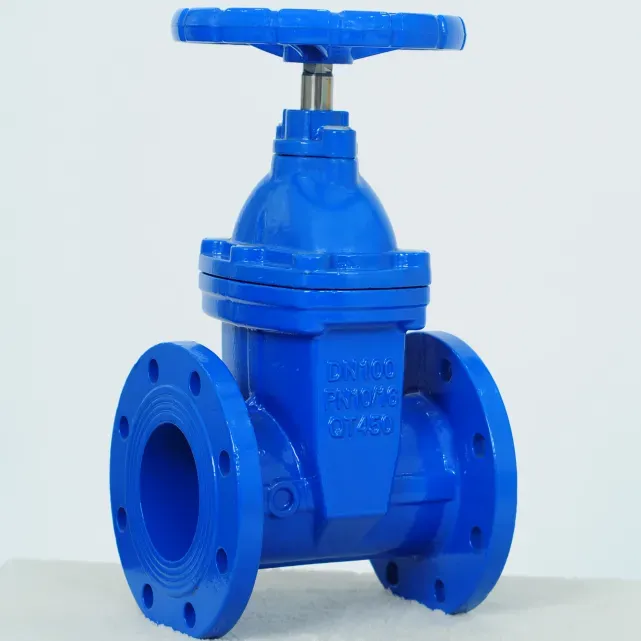90 degree pipe fittings
Understanding 90 Degree Pipe Fittings A Comprehensive Guide
When it comes to plumbing and piping systems, the choice of fittings plays a crucial role in ensuring efficient flow, structural integrity, and ease of installation. Among the various types of fittings available, 90 degree pipe fittings are one of the most commonly used. This article delves into what 90 degree pipe fittings are, their applications, types, materials, and best practices for installation.
What Are 90 Degree Pipe Fittings?
90 degree pipe fittings are designed to change the direction of fluid flow within a piping system by forming a right angle. They are also known as 90 degree elbows. These fittings can be used in various applications, including residential plumbing, water supply systems, HVAC setups, and industrial piping systems, where changing the direction of pipes is necessary to navigate around obstacles or to reach different areas.
Applications of 90 Degree Pipe Fittings
The applications of 90 degree pipe fittings are vast and include
1. Residential Plumbing In homes, these fittings are used in drain-waste-vent (DWV) systems, to ensure proper drainage and prevent blockages. 2. Hydronic Heating Systems In heating systems, they can redirect hot water through various loops within the system.
3. Industrial Applications In factories, 90 degree fittings can direct products through conveyor systems or move hydraulic fluids.
4. HVAC Systems Used in ductwork to navigate air throughout a building efficiently.
Types of 90 Degree Pipe Fittings
90 degree fittings come in several varieties, each tailored to specific requirements
- Standard 90 Degree Elbow The most common type, typically used for standard piping. - Long Radius Elbow This type has a longer bend radius, minimizing turbulence and pressure loss, making it ideal for fluid flow applications. - Short Radius Elbow Designed for tight spaces, this fitting has a smaller bend radius, which can increase flow turbulence, so it’s often used in venting applications. - Reducing Elbow This fitting allows for a change in diameter in addition to changing direction, facilitating the transition between different pipe sizes.
Materials Used for 90 Degree Pipe Fittings
90 degree pipe fittings

The material of the pipe fitting is critical, as it determines the fitting’s compatibility with specific fluids, pressure ratings, and environmental conditions. Common materials include
- PVC Lightweight and resistant to corrosion, making it popular for water supply and drainage systems. - Copper Durable and resistant to corrosion, widely used in refrigerant and water piping.
- Steel Both carbon and stainless steel variations are used in industrial applications, known for their strength and ability to handle high pressures and temperatures.
- Brass Often used for fittings in gas applications due to its anti-corrosive properties.
Best Practices for Installation
Installing 90 degree pipe fittings requires careful planning and precise execution to ensure a leak-free and efficient system. Here are some best practices
1. Proper Measurement Always measure the distance carefully to ensure that the fitting will fit perfectly with the pipe lengths. 2. Use Appropriate Tools Utilize the right tools for cutting and connecting pipes to avoid damaging the fittings or pipes.
3. Check Compatibility Ensure that the fitting material is compatible with the fluid and conditions of the system.
4. Secure Connections Whether using threaded, welded, or glued connections, ensure they are tight and leak-proof.
5. Test the System After installation, conduct a pressure test to verify that there are no leaks and everything is functioning as intended.
Conclusion
90 degree pipe fittings are essential components in various plumbing and piping systems. Understanding their applications, types, materials, and installation practices can significantly improve the reliability and efficiency of any piping network. By choosing the right fitting for the task and following best practices during installation, one can ensure a smooth operation of fluid transport systems in both residential and industrial settings.
-
3-types-of-check-valves-maintenance-tipsNewsAug.23,2025
-
ball-valves-types-with-trunnion-mounted-designNewsAug.23,2025
-
butterfly-valve-company-production-capabilitiesNewsAug.23,2025
-
fisher-globe-valve-technical-specificationsNewsAug.23,2025
-
types-of-gaskets-for-flanges-selection-guideNewsAug.23,2025
-
wedge-gate-valve-suppliers-quality-standardsNewsAug.23,2025
-
Breakthrough in Domestic Low Temperature Valve Technology in ChinaNewsAug.18,2025




